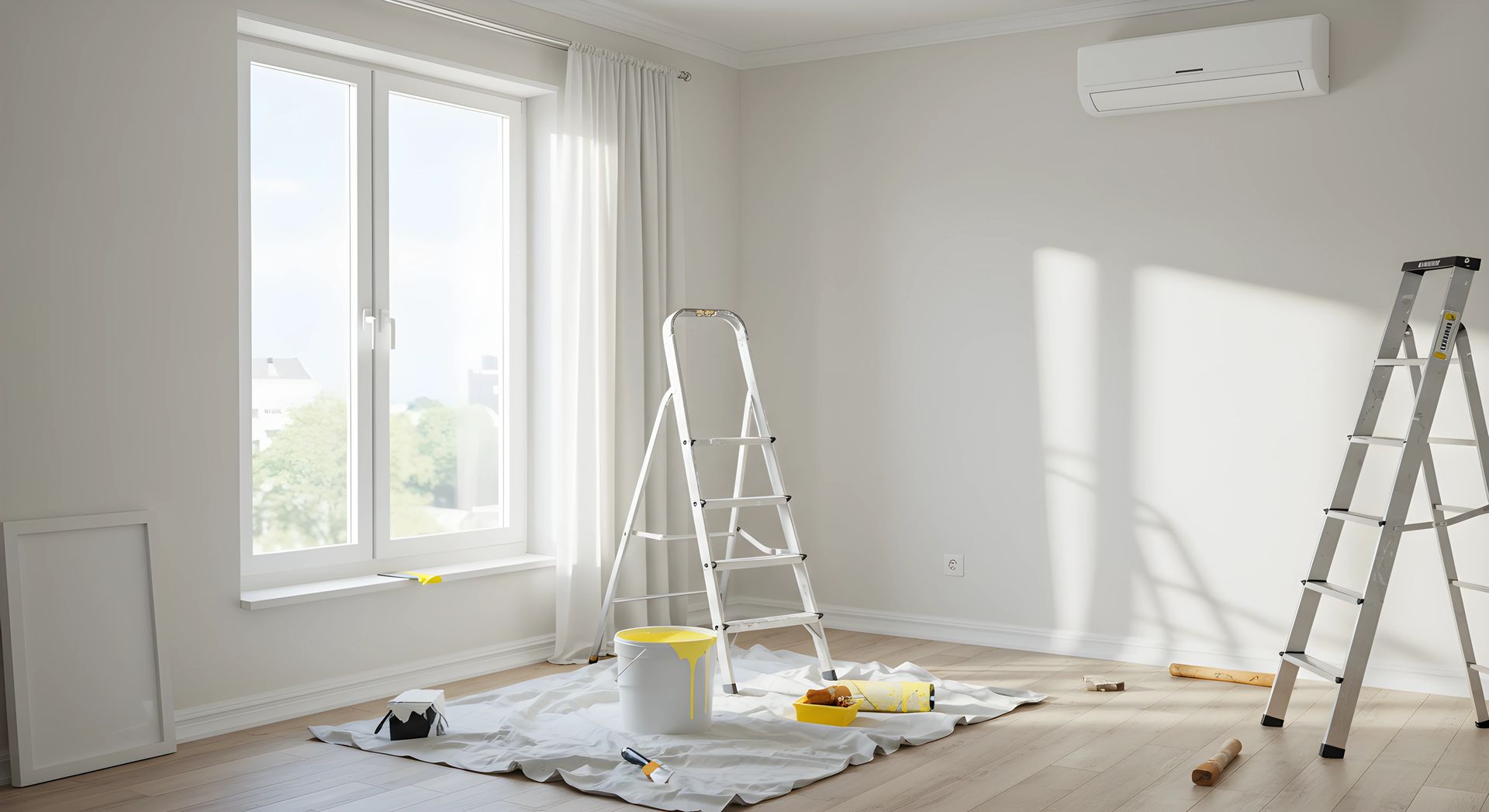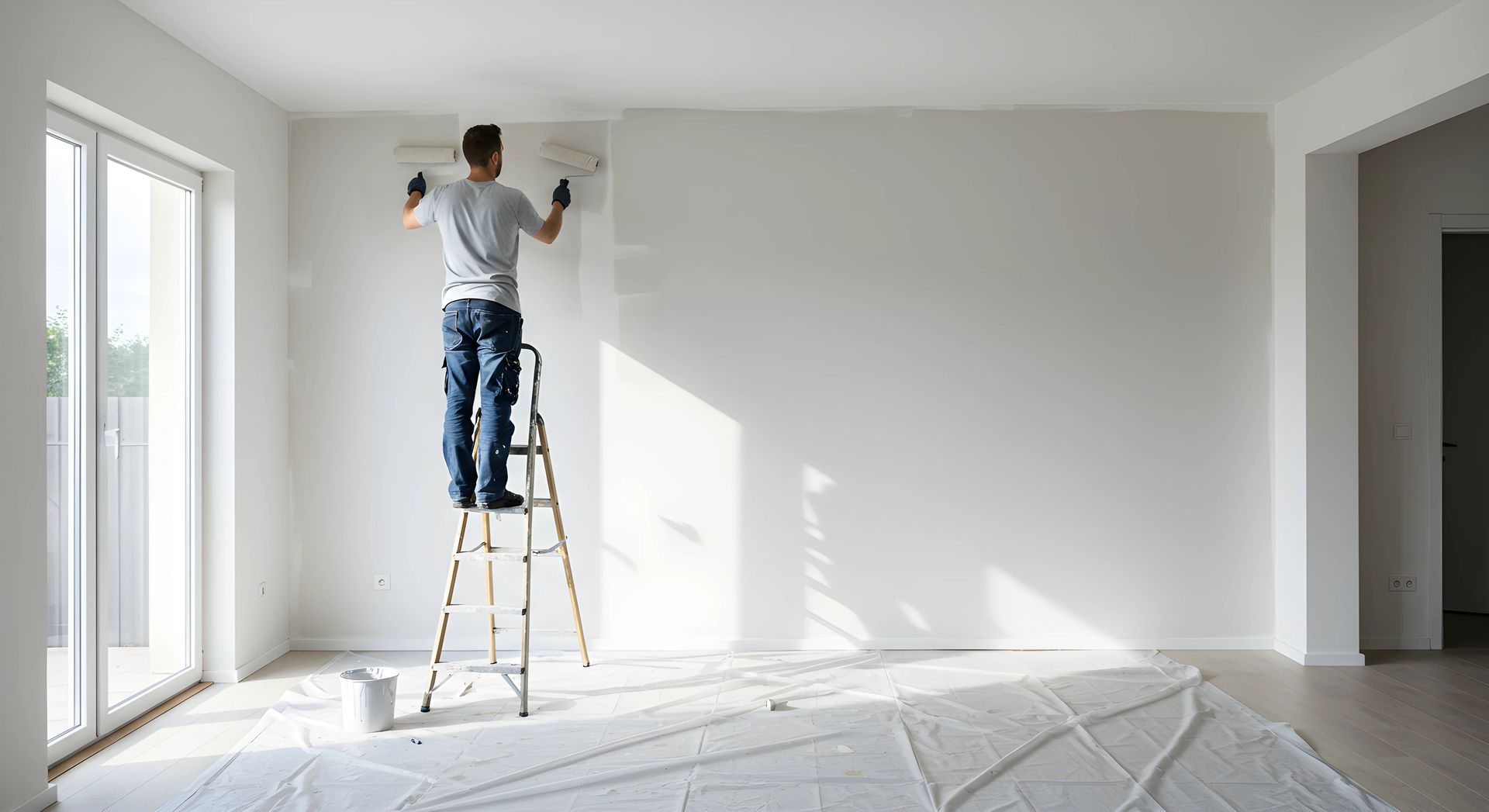A Comprehensive Guide to Understanding the Timeline for Professional House Painting
When it comes to professional house painting
projects, homeowners often inquire about the duration. Understanding the various factors that influence the timeline is crucial for planning purposes. Let's delve into these factors and how they affect the duration of a painting project.
House Size:
The size of the house plays a significant role in determining the painting timeline. Larger homes naturally require more time for thorough coverage. Professional painters carefully assess the size of the house to provide an accurate estimate of the project's duration.
Complexity of the Project:
The complexity of the painting job is another critical factor to consider. Elements such as the number of rooms, ceiling height, and intricacy of trim work can impact the timeline. Rooms with unique angles or hard-to-reach areas may require additional time and attention to ensure a high-quality finish.
Surface Preparation:
Proper surface preparation is essential for achieving a flawless result. This includes cleaning, repairing, and priming surfaces as necessary. The condition of the surfaces greatly influences the duration of the project, as thorough preparation may take additional time.
Number of Coats Required:
The number of coats of paint needed also affects the timeline. While most interior projects typically require two coats for proper coverage and durability, certain factors may necessitate additional coats. For instance, darker colors or surfaces with significant imperfections may require extra layers, extending the duration of the project.
Drying Time:
Adequate drying time between coats is crucial for achieving a professional finish. Paint must fully dry before additional coats can be applied or before furniture can be moved back into the room. Drying times vary depending on factors such as temperature, humidity, and ventilation.
Weather Conditions:
Weather conditions can significantly impact exterior painting projects. Ideally, painting should be done during dry, mild weather to ensure optimal paint adhesion and drying. Adverse weather conditions, such as rain or extreme heat, can affect the quality of the finish and prolong drying times.
Conclusion:
The timeline for professional house painting projects is influenced by various factors including the size of the house, the complexity of the project, surface preparation needs, the number of coats required, drying times, and weather conditions. While smaller projects may be completed relatively quickly, larger or more complex projects may take longer to ensure a high-quality result. By understanding these factors and consulting with professional painters, homeowners can receive an accurate estimate of the project duration and plan accordingly. Investing in professional painting services can enhance the appearance of your home and provide long-lasting results. At Hometown Wellington House Painting, we specialize in meeting all your house painting requirements, whether it's interior or exterior painting.



